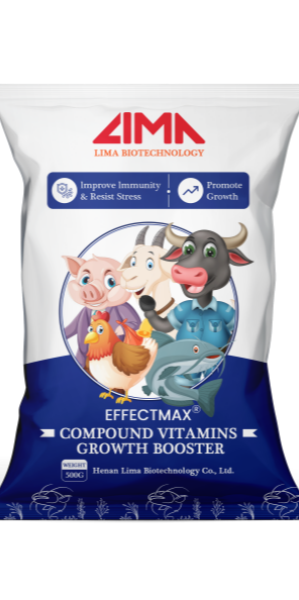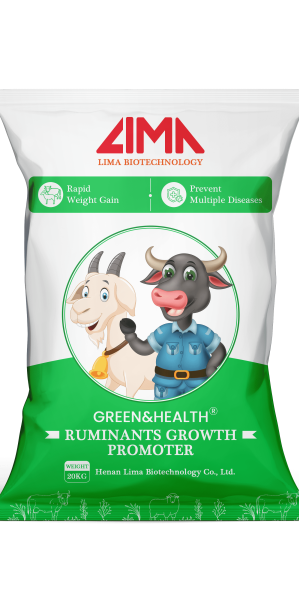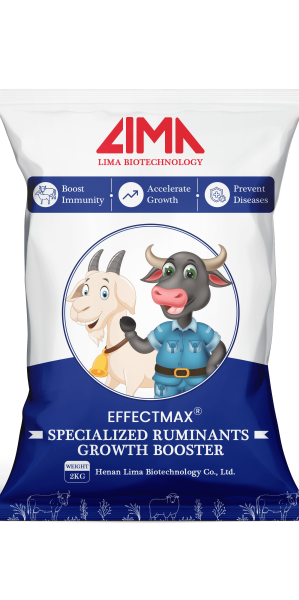Choosing the Right Breed of Dairy Cow
If you are planning to open a new dairy business, or are looking to make changes to your current herd for optimum milk production, then choosing the right breed of dairy cow is very important. There are a number of factors to consider, such as how much milk you want, the breed of cow you can afford to keep, what your budget is, and what breeds are available in your area.
How much milk are you looking to produce?
You might think that the answer to this question would be ‘as much as possible’, but there is not much point investing in high-yield cows if you do not have the space or infrastructure to handle the amount of milk produced. Before you make a decision on the breed of cow, evaluate your resources and estimate how much milk you could realistically process. Consider how much storage space you have and whether you will risk becoming overstocked. Will you be able to commence selling your product straight away to immediately clear some space?
Holstein Friesian cows are the most productive cows for milk, producing up to 45 litres a day. Consequently, they are the world’s most commonly kept cow. If you are looking to produce a lot of milk, this is the breed you should opt for. However, Holsteins are not without their drawbacks. They actually make poor foragers, and unless you have excellent pastures, the quality of the milk you will get from your Holsteins will be below par.
What breed of cow can you afford to keep?
Obviously, different breeds of cow are different sizes. The larger the breed of cow, the more space you will need to keep them in and the more feed you will have to provide for them.
The amount of space required for larger breeds does not just apply to fields, but also to calving and milking sheds. This is something you should think about in advance, as extra work may have to be carried out on your facilities if you do not have the space for a larger breed. Larger breeds also require more feed than medium and small breeds, so there will be an additional cost incurred for feed and water.
Holstein Friesian cows are the largest breed of cow, and will require the most feed and space. Other breeds range in size and feed requirement. The smallest and most economical breed is the Jersey cow, which may be the best option for a dairy farm with limited space and a low feed budget. They also have a milk yield of 18–20 litres a day that offers more than some breeds that are larger and less economical. Other larger but relatively economical breeds include Guernsey (20–25 litres a day) and Ayrshire cows (22–30 litres a day).
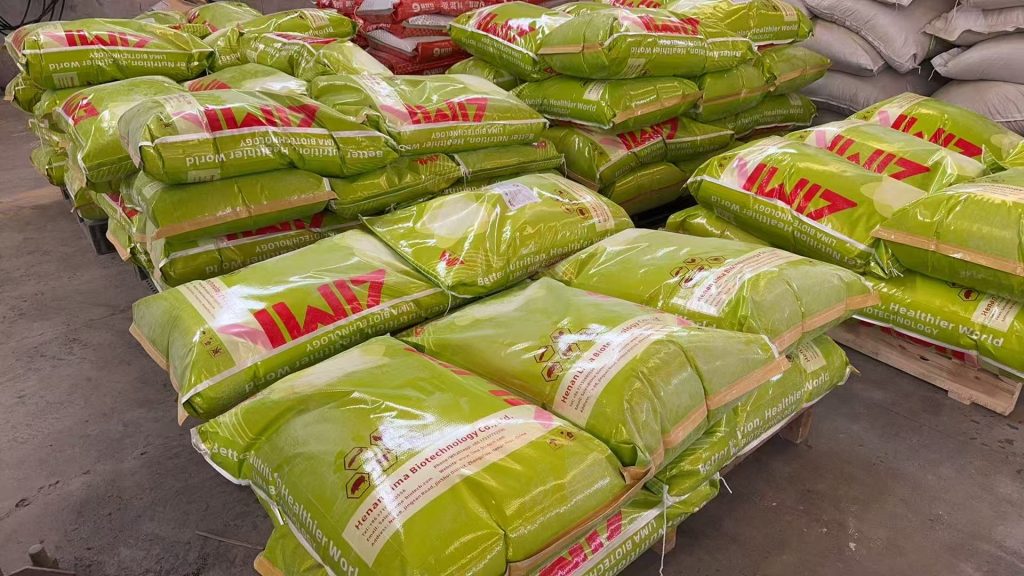
What is your budget?
A similar concern to the previous consideration, your budget will be a limiting factor as to which breed you can afford and how many cows will be in your herd. Before you select a breed, you should assess your finances, agree on a budget, and stick to it.
Cows that have been culled from other dairies will be cheaper, but may be more prone to health conditions, mastitis, or breeding problems. These are all issues that will affect the capability of your herd to produce the larger quantities of milk that you are targeting. If you are establishing a new dairy farm, it is advisable to avoid these cull animals.
Focus on Forage Quality
Emphasize to your team the importance of harvesting and preserving high-quality forages. Make sure forages are harvested on time and at the correct moisture. Protect those efforts with proper packing and storage practices. For example, use two layers of plastic and add an inoculant. Your goal is to ensure the ensiled forages ferment properly and are free of molds and wild yeasts.
Unfortunately, if forages are of poor quality or not stored properly, not much can be done to cost-effectively minimize the negative impacts. For example, mold negatively impacts rumen fermentation. If you must deal with moldy forages, it will likely be a challenge to maximize rumen performance and enhance milk fat production.
This is perhaps the most important factor to consider when trying to increase the yield from your herd. The quality of the nutrients they are able to take in through eating will reflect the quality and quantity of the milk they produce, as well as the overall health of the cow.
There are several main requirements for the production of high-quality milk in cows: energy, protein, minerals, and water. Roughages like grass and hay provide the cellulose needed for energy, but lack the protein content required for a lactating dairy cow. For this protein boost, cows are provided with legumes, fodder trees, premixed feeds, or industrial by-products.
To ensure a sufficient intake of nutrients for both wellbeing and milk production, most dairy cows are given daily rations that control the amount of food that they eat. Cattle rations are a blend of all of the essential foodstuffs cows need f, and the mixture is created with general health and lactation in mind.
There are various options available to you when it comes to providing your herd with the ideal ration. You can save money in the long-run by opting for a blend that makes use of home-grown ingredients, but your ability to take advantage of these self-made rations will depend on your level of nutritional expertise, the crop growing potential of your farm, and the timescale required before you need to feed your cattle. Many farmers who are limited by one or more of these factors can opt for a mix of home-grown and bought-in produce to create their rations, an option that, while not as cost-effective as a wholly home-grown ration, still offers the potential to cut costs of entirely bought-in feeds.
With the industry crisis and income at an all-time low for many dairy farmers, the prospect of saving money on feed by growing and mixing your own can be very appealing. If you wish to choose this option, make sure that you have sufficient knowledge to succeed in the task. If you are new to the process, research the subject to ensure your cattle will benefit from your feed. Following the advice in the food and nutrition planning section of this guide will make sure that you understand the nutritional needs of your herd.
Consistent Feeding
As mentioned earlier, feed intake is crucial for supporting milk production. You should prioritize keeping plenty of high-quality feed in front of your cattle. Some recommended practices to follow include:
Giving cattle access to feed for 22–23 hours a day
Not allowing feed bunks to become empty
Pushing feed up every 2-3 hours
Refreshing feed at least twice a day
Cleaning out feed bunks daily
Rotating cows on pasture and providing any cow necessary supplements
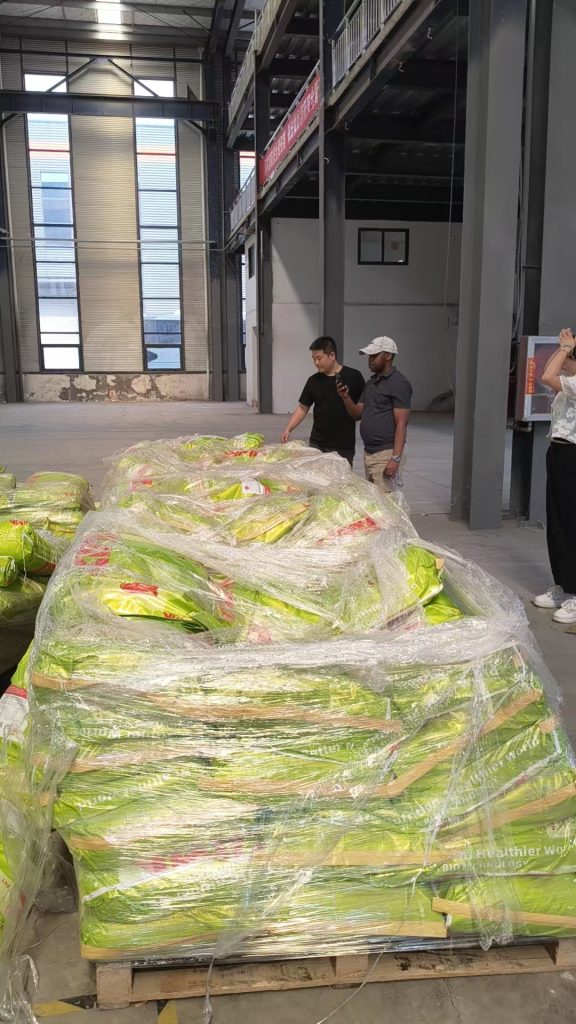
Provide the Right Nutrients
Even with a great feeding routine and high-quality forage, your cows’ milk production will be lacking without the proper nutrients cow feed additives. Don’t overlook crude protein and the amino acids that compose it.
Crude Protein
Depending on the stage of lactation a cow is in, crude protein should make up 15–17% of the total dry matter.
Amino Acids
Amino acids make up protein. Lysine and methionine are two amino acids that play a crucial role in milk production but are often deficient. It’s not uncommon for cows to be overfed protein to make up for lysine and methionine deficiencies. But overfeeding protein can be expensive and impact your cows’ productivity.
Nutritionists have started to balance for amino acids to combat methionine and lysine deficiencies and prevent protein overfeeding. Feed that is balanced for amino acids can lead to increased milk yield and increased milk components. Working with a nutritionist can help ensure your feed ration has the right ratio of lysine and methionine to keep your cattle producing at their full potential.
Optimize Milk Production with Proper
Cow Comfort Management – The Role of a
COW MILK PROMOTER
A successful COW MILK PROMOTER understands that high milk yields depend on more than just nutrition—cow comfort is equally vital. Ensuring 24/7 access to feed, clean water, and soft resting areas maximizes productivity, as each extra hour of rest can boost milk output by 3.7 lbs (1.7 kg).
Key Strategies for a COW MILK PROMOTER:
✔ Minimize Stress – Gentle handling, consistent routines, and avoiding overcrowding keep cows calm, directly improving milk quality and yield.
✔ Prioritize Rest – Cows need 12+ hours/day of comfortable lying time (preferably on sand bedding) for optimal rumen activity and udder health.
✔ Enhance Hygiene – Clean, dry stalls with proper ventilation reduce mastitis risks and bacterial growth, ensuring healthier udders.
✔ Innovative Tools – Cow brushes (like Brushtec’s system) increase circulation, cleanliness, and milk yield by 3.5%.
✔ Personalized Care – Studies show naming cows and positive interactions can add 284L/year per cow!














